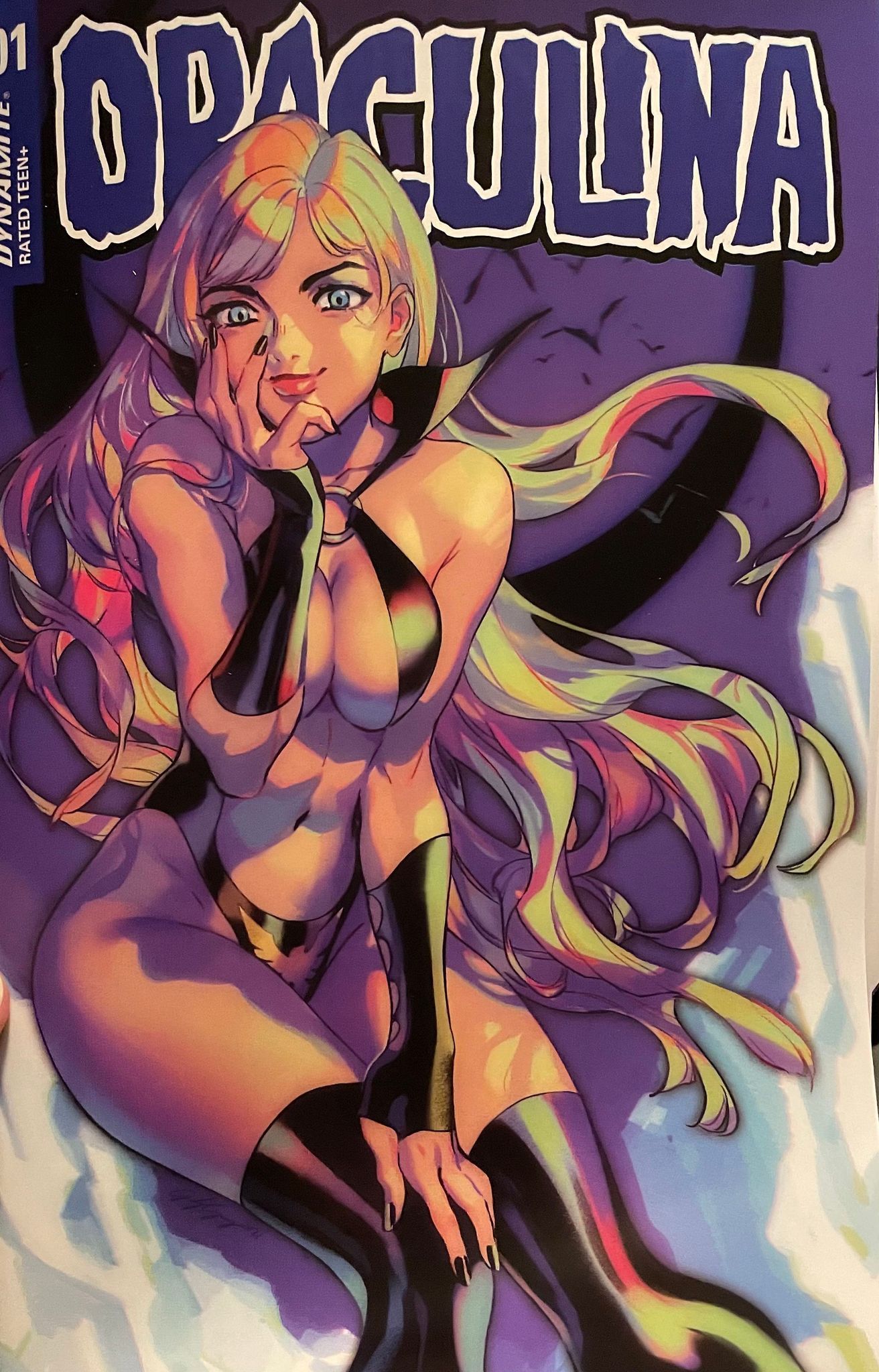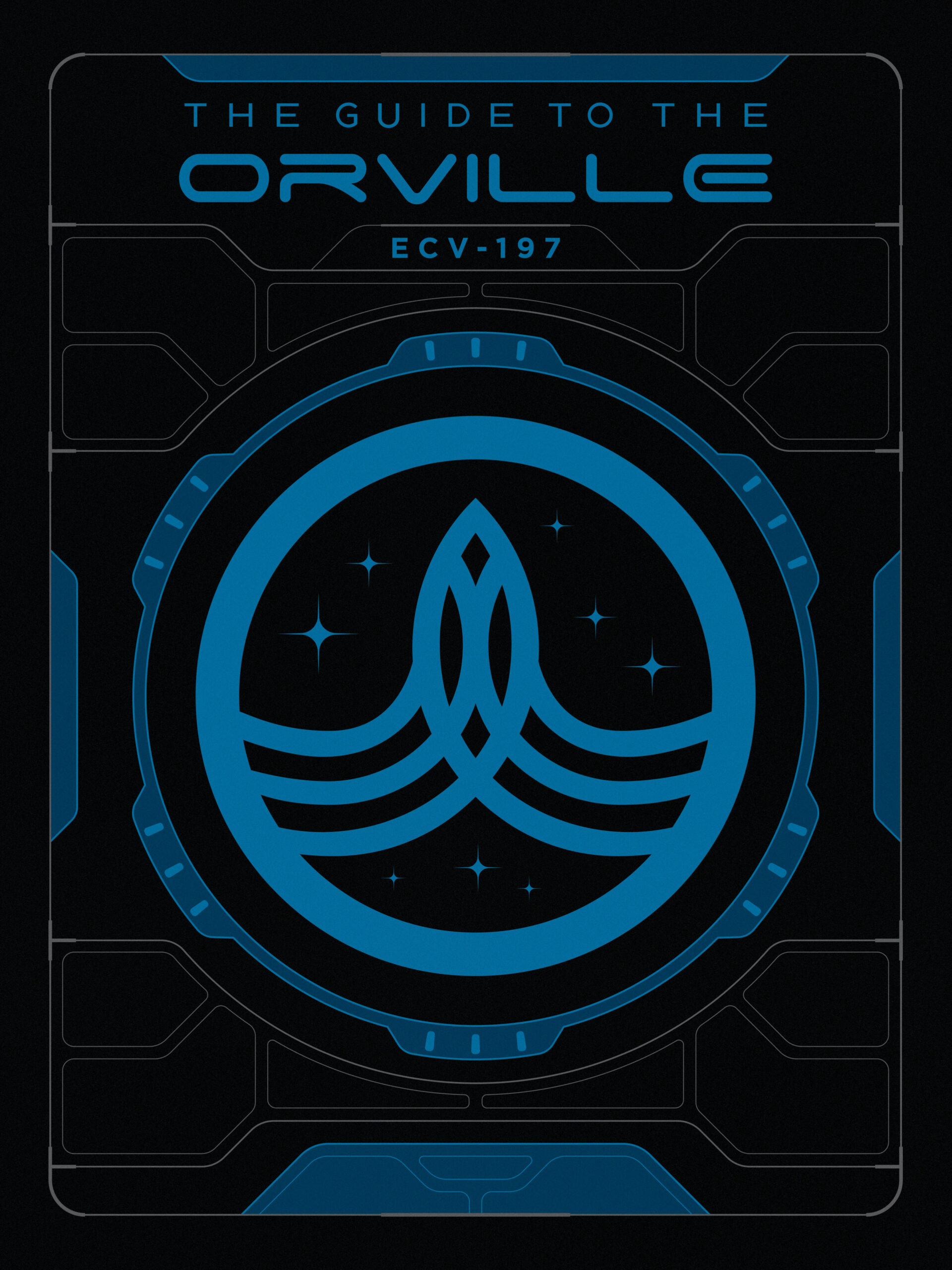
Review: Bowie: Stardust, Rayguns & Moonage Daydreams
 David Bowie, perhaps more than any other figure in Rock music, translates almost flawlessly into a comic book narrative. Not just his life as a performer, but his life as a person. Larger than life in most every aspect, Bowie was a true Rock and Roll super-hero. His numerous personas seemed to each express an element of the man as well as the artist reaching terminal velocity when his creation Ziggy Stardust, the visitor from Mars with the messianic complex exploded from the stage and into the public consciousness. Bowie’s alter-egos were much more than characters, they were fully actualized individual narratives unto themselves complete with their own sense of style drawing inspiration many times from cinema, particularly the work of fellow visionary genius, Stanley Kubrick. Bowie seemed to pick up on the energy of Kubrick’s work almost as if the two artists shared a single muse. However, cinema was not the only source of Bowie’s inspiration for creating his “other selves”. He was like a human satellite dish picking up universal energy and allowing it to transform him into new conduits through which to tell his continuing narrative of “Space Age Rock and Roll”.
David Bowie, perhaps more than any other figure in Rock music, translates almost flawlessly into a comic book narrative. Not just his life as a performer, but his life as a person. Larger than life in most every aspect, Bowie was a true Rock and Roll super-hero. His numerous personas seemed to each express an element of the man as well as the artist reaching terminal velocity when his creation Ziggy Stardust, the visitor from Mars with the messianic complex exploded from the stage and into the public consciousness. Bowie’s alter-egos were much more than characters, they were fully actualized individual narratives unto themselves complete with their own sense of style drawing inspiration many times from cinema, particularly the work of fellow visionary genius, Stanley Kubrick. Bowie seemed to pick up on the energy of Kubrick’s work almost as if the two artists shared a single muse. However, cinema was not the only source of Bowie’s inspiration for creating his “other selves”. He was like a human satellite dish picking up universal energy and allowing it to transform him into new conduits through which to tell his continuing narrative of “Space Age Rock and Roll”.
Anyone even remotely familiar with the work of comic book creator extraordinaire, Michael Allred knows of the artist’s extreme admiration of David Bowie. Allred’s work is full of references to Bowie and his iconic characters, the musician’s influence is obvious and undeniable, and Allred would be the first to say it, proudly I might add. Allred and co-creator Steve Horton’s graphic novel is more than a homage to Bowie it is a partial work of fiction that seamlessly blurs the line between history and fantasy, much like Bowie did in his own work. The narrative begins with the final on stage appearance of Ziggy Stardust and the Spiders from Mars then moves on using that historic event forever burned into the retinas of the pop culture zeitgeist as a framing device. Allred and Horton simultaneously tell the tale of the birth of Glam, introducing us to many of the eras most iconic pioneers of the glitter splattered sub-genre including Marc Bolan, Mott the Hoople and Lou Reed to name just a few. Many of the innovators of the Glam Rock paradigm would not exist had it not been for Bowie paving the mascara and high heeled path to stardom. Such prodigious purveyors of raucous raunchy pre-punk rock as Iggy Pop, Alice Cooper and the New York Dolls owe their places in Rock and Roll Super stardom to David Bowie. Not only do those artists play a role in Allred and Horton’s narrative, but Allred does a stellar job of capturing each of their likenesses to photographic tee.
The story of Bowie’s rise to glam rock royalty and then to the upper stratosphere of pop culture preeminence is woven into a lush, complex tapestry fittingly interspersed with just enough science fiction tropes to tether Bowie’s biographical beats to the comic book medium, as Neil Gaiman writes in his forward, ” Theh incarnations of David Bowie were, in themselves, science fictional.” Visually, Allred’s contribution is a tour de force, this is the story he has been waiting years to tell and the payoff is worth the wait. There is an obvious adoration of Bowie that permeates the work from start to finish without ever once trying to oversell the personas of Bowie or coming off as hero worship. Allred and Horton’s narrative works on a purely biographical level as well; every major event and player is represented here, not just Bowie’s performing peers but legendary producers like Toni Visconti and Brian Eno and photographer Mick Rock. The comic book is the perfect medium to tell this kind of Bowie story, it seems to be at least in part, told by Bowie himself. While that is obviously not the case, since the book has been created in the time since Bowie’s passing, there is a sense of the artist’s influence at work that goes beyond the apparent, almost ethereal.
The narrative wraps up with several gorgeous splash pages, beautifully designed and rendered with Allred’s usual attention to detail and photographic authenticity. Many of the images are recognizable from the source material used, however Allred’s signature style is always evident. The story leaves us with an open ended conclusion that allows Bowie’s larger than life persona to live on beyond the artist’s final work. The narrative takes on a life of its own at this point, becoming much more than the sum of its amazing parts. While I am admittedly a huge Bowie fan myself, I found this book to be enjoyable beyond my own adoration of the man and his music.
SCORE: 5/5
Writers: Steve Horton, Michael Allred
Artists- Michael Allred, Laura Allred, Han Allred
Foreword by Neil Gaiman
Publisher: Insight Comics
Author Profile
Latest entries
 Comic BooksFebruary 14, 2022Review: Draculina #1
Comic BooksFebruary 14, 2022Review: Draculina #1 Comic BooksJanuary 25, 2022Review: Batman: The Knight #1
Comic BooksJanuary 25, 2022Review: Batman: The Knight #1 Comic BooksJanuary 20, 2022REVIEW: Hulk #3
Comic BooksJanuary 20, 2022REVIEW: Hulk #3 TV & MOVIESJanuary 12, 2022Review: Dexter: New Blood- Sins of the Father. Series Finale?
TV & MOVIESJanuary 12, 2022Review: Dexter: New Blood- Sins of the Father. Series Finale?













